Rising above a sweeping stretch of the Elbe River lies Dresden, Germany, a city of magnificent Baroque palaces, elegant domed churches, and imposing Neo-Classical buildings. While the Saxon capital dates back to the 15th century, most of its glorious historical architecture has been meticulously rebuilt, following the city’s near complete destruction during the Second World War.
The reconstructed masterpieces of the Altstadt (Old City) include the vast Residenzschloss (Royal Castle) with its stellar museums and the Zwinger, a sprawling palace complex featuring an enormous courtyard dotted with elaborate fountains and framed by ornate Baroque galleries. After all that sightseeing, be sure to dip into Dresden’s rich classical music and opera scene, with venues ranging from the storied Semper Opera House to the iconic, Soviet-style Kulturpalast (Palace of Culture), home to the Dresden Philharmonic.
To see a different, less touristy side of Dresden, head over the bridge to the Neustadt (New City), a trendy district packed with lively restaurants, bars, and clubs that stay open until the wee hours. It’s the ideal place to grab a nightcap and toast to a perfect city break in Dresden.
Eat
Since 1880, Pfunds Molkerei has been selling dairy goods and milk-based products, and while the vast cheese selection is impressive, the main reason to visit is for the elaborate interior. Located in the Neustadt, this Dresden institution survived air raids intact, and its walls, ceilings, columns, counters, and dairy cases are entirely covered in original, hand-painted Villeroy & Boch ceramic tiles. After soaking in the ambiance and shopping for souvenirs, like its traditional milk soap, head upstairs to the café to sample Saxon delicacies, including plates of local cheese, ice cream, or rich quark cheesecake.
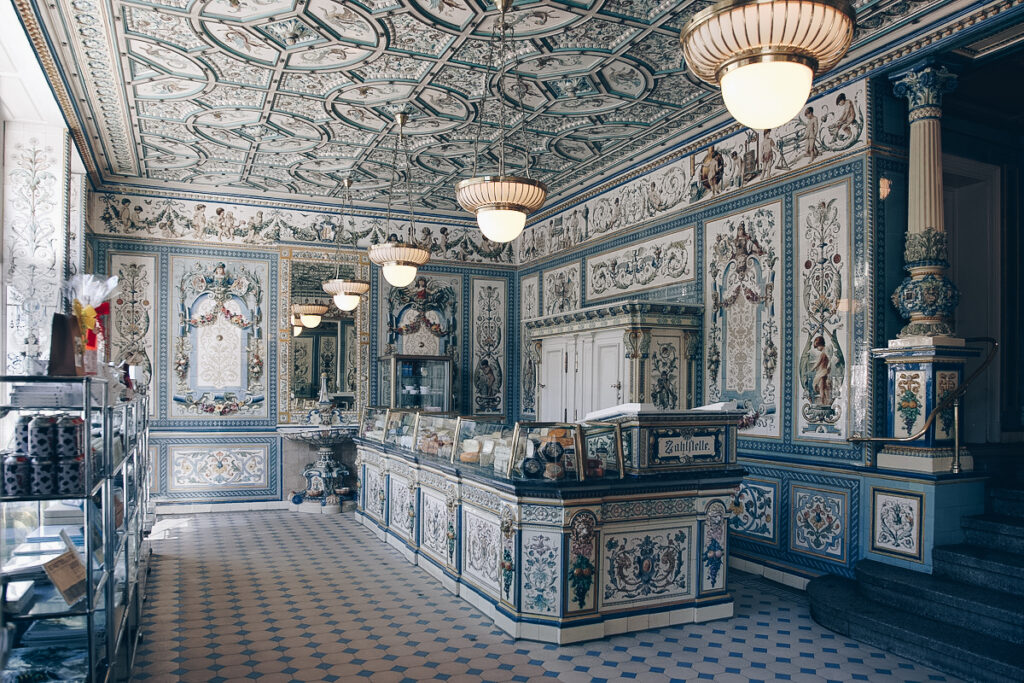
Raskolnikoff started off as one of the Neustadt’s first post-reunification bars, but has since pivoted to a full-scale restaurant, with a focus on seasonal ingredients from small regional producers. Dishes change daily, and can include whole fish from the ponds of nearby Moritzburg and local duck stuffed with duck liver mousse. Their specialty is Russian pelmeni, handmade dumplings filled with fish, meat, or veggies. The interior is Scandinavian-inspired, with sleek wood tables and chairs, but the best seats can be found in the charming courtyard garden, ringed by ivy-covered stone walls.
You can’t get more hip than Lila Sosse, a rustic-chic restaurant set in the Neustadt district’s Kunsthofpassage, a series of five interconnected courtyards plastered with colourful designs and housing cafes, artists’ studios, and boutiques. The kitchen puts a modern twist on German fare, not only in its cooking but also in its presentation, with tapas arriving at the table in glass, preserve jars. You might find a beetroot salad topped with crumbled goat cheese or Kartoffelsalat, classic Swabian potato salad. Hearty main dishes are served plated and change regularly. If the weather is fine, enjoy your meal on the courtyard terrace, surrounded by murals of quirky mythical creatures.
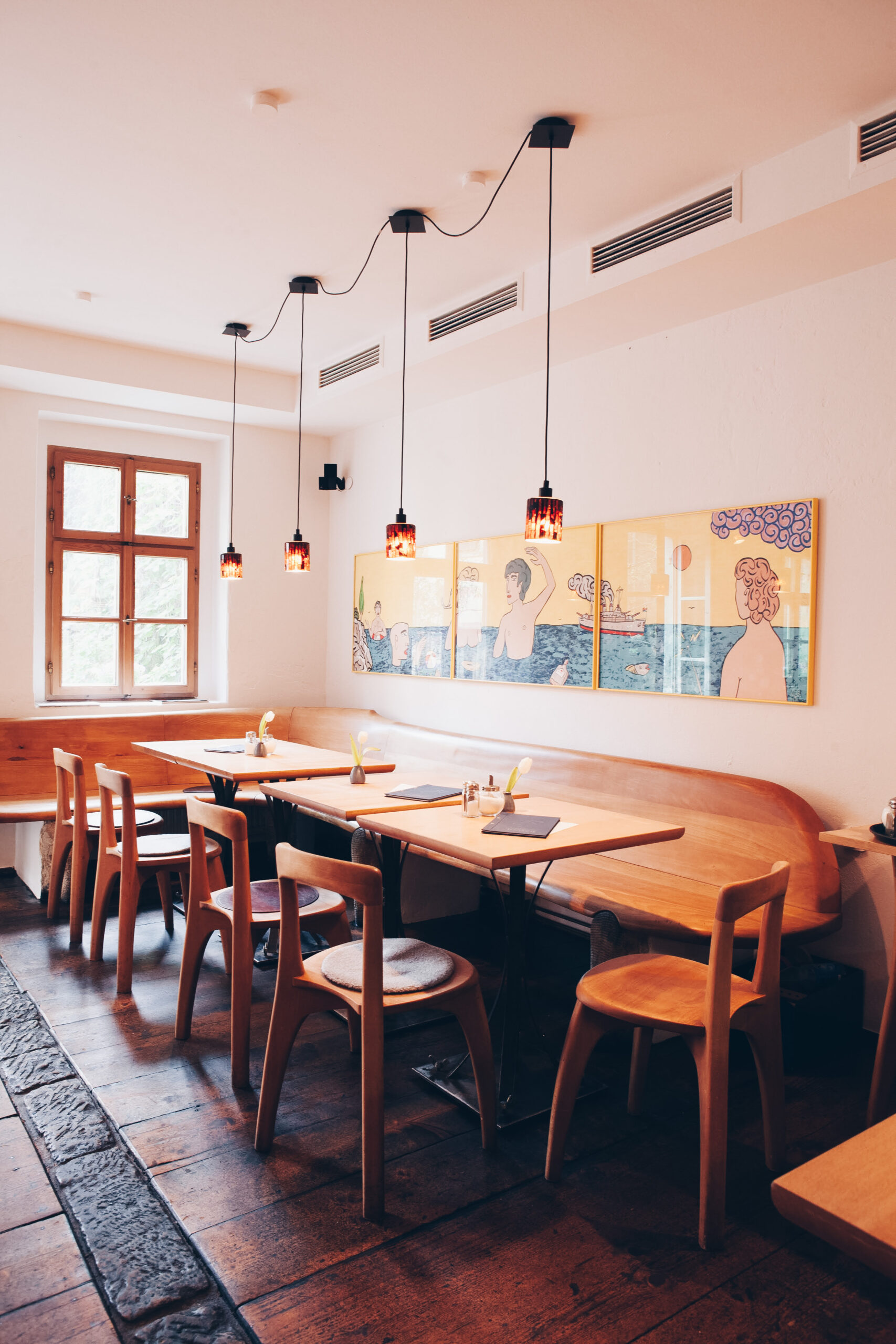
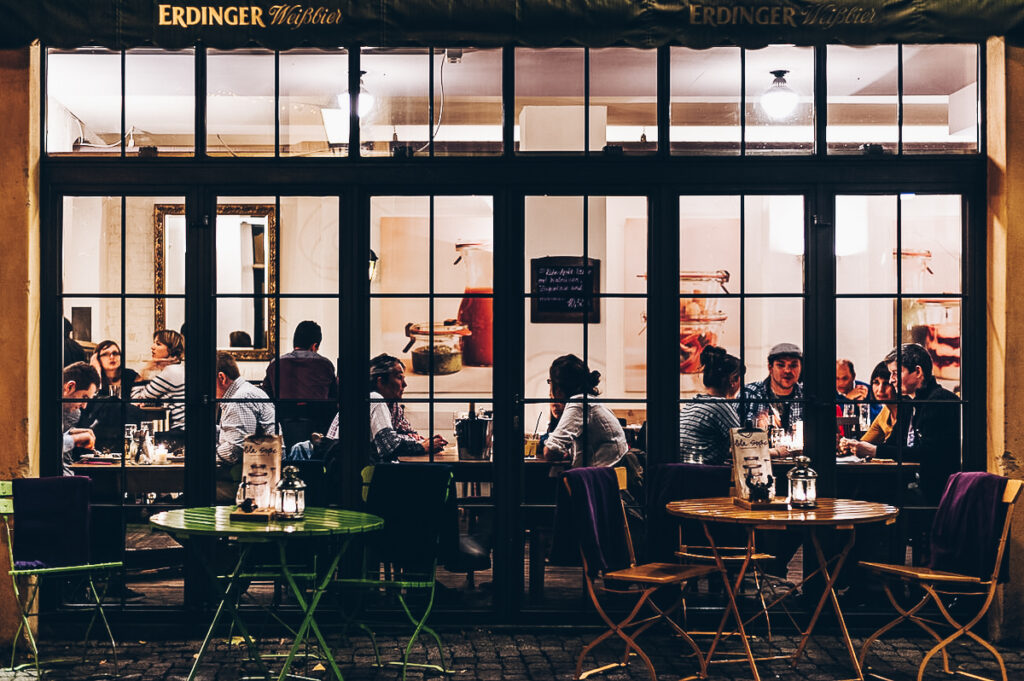
One of the few buildings in Dresden to survive the Second World War, the 1899 Neustädter Markthalle has been restored to its former glory, with soaring columns, ornamental staircases, wrought-iron railings, and an impressive domed ceiling. While it still functions as a market, with vendors selling produce, meats, baked goods, and flowers, there are a number of trendy newcomers, including Café Markthalle, serving high-quality coffee and Saxon wines.
Play
Semperoper Dresden, the city’s grand opera house, first opened in 1841 and saw the world premieres of several operas, including those of Richard Strauss and Richard Wagner (Wagner also served as the Semper’s conductor). Destroyed in the Second World War and meticulously reconstructed to its former glory, right down to the gilded interior with plush velvet seating, it showcases a wide repertoire of opera, ballet, and classical music. If you can’t catch a performance, you can still experience the opulent interiors with a guided tour, available in English or German.
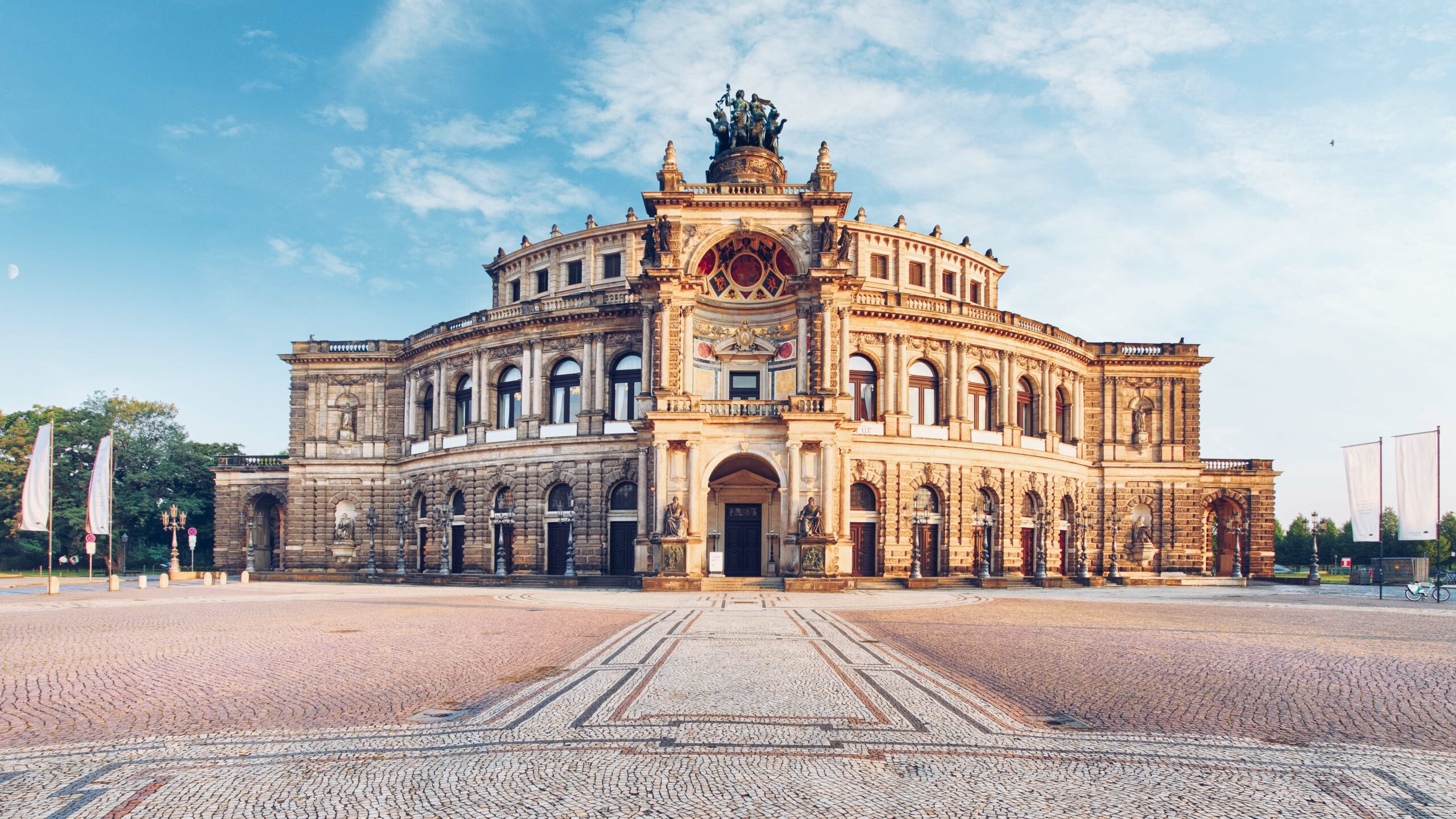
Considered something of an eyesore with its boxy GDR-style architecture, the Kulturpalast has nevertheless become as much a part of Dresden’s urban fabric as its beautiful Baroque buildings. A 2017 renovation created a state-of-the-art concert hall for the renowned Dresden Philharmonic, and it also hosts a variety of pop, jazz, and world music performances throughout the year. There are also frequent organ concerts, played on the powerful organ specifically built for the acoustics of the hall.
A 19th-century power station just west of the city center has been transformed into the sprawling cultural complex Kraftwerk Mitte Dresden. Multiple stages present everything from dance to theater to live music, and there’s a dedicated concert hall for Staatsoperette, Dresden’s State Operetta, which showcases international operettas and musical revues—with some productions featuring English subtitles.
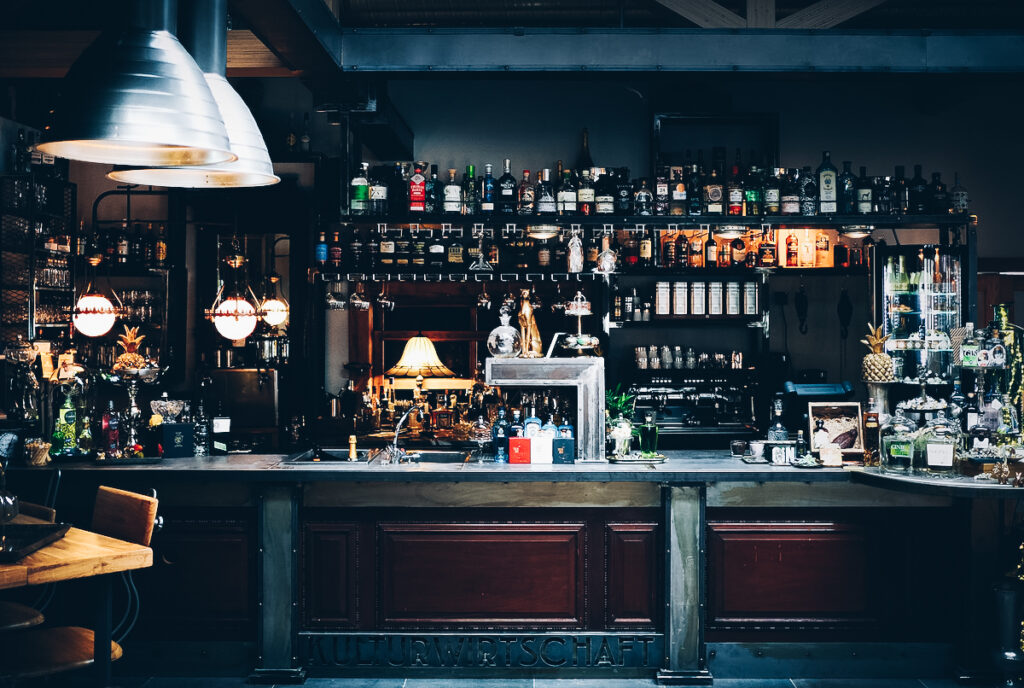
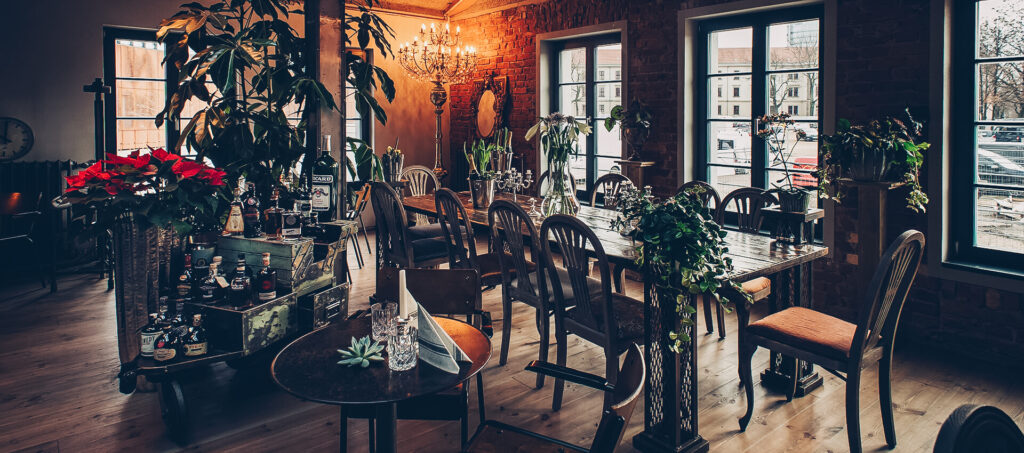
Stop by KULTURWIRTSCHAFT for dinner in a vintage-cool space, then head to the restaurant’s salon for a nightcap and live music. In nice weather, grab a table in the courtyard, framed by the former power plant’s stately red-brick buildings. An independent movie theatre and a museum about energy are also part of the complex.
Allow yourself at least a half-day to explore all the wonders of the Zwinger palace—both inside and out. Built by the Saxon Elector and King of Poland Augustus the Strong as place for royal festivities, the immense 18th-century Baroque complex consists of six interconnected pavilions encircling an enormous central courtyard dotted with ornamental pools, spouting fountains, orange trees and green lawns. Everywhere you look, elaborate carvings and sculptures decorate the facades and portals; there’s even a gilded replica of the Polish royal crown topping the Crown Gate. Don’t miss the Nymphs’ Bath fountain, surrounded by statues of nude women tucked into stone niches, and the Glockenspielpavillon, with its carillon of Meissen-designed bells that regularly chime out classical pieces by Vivaldi and Wagner.
Inside, the pavilions house the Dresden State Art Collections; the best is the Old Masters Gallery (Gemäldegalerie Alter Meister) in the Zwinger’s recently renovated Semper wing. Here you can see masterpieces from the 15th to 18th centuries, including Raphael’s cherubic “Sistine Madonna” and Johannes Vermeer’s “The Procuress”, plus important works by Rembrandt, Van Eyck and Rubens. Another museum, the Porzellansammlung (Porcelain Collection) displays priceless pieces by Meissen as well as fine antique porcelain from Japan and China.
Rivalling the Zwinger in lavishness is the Residenzschloss (Royal Palace or Dresden Castle), the seat of the Saxon electors and kings since the 15th century. While the palace went through many architectural alterations and redesigns with each successive ruler, it was Augustus the Strong who exerted the most lasting influence. His Royal State Apartments are the most luxurious and impressive of spaces: They include the audience chamber, with richly painted ceilings and silk wall tapestries surrounding the royal throne, and the royal bedroom with its impressive canopied imperial bed.
Other rooms in the palace display marvellous collections of royal armour, weaponry, ceremonial robes and gifts from visiting dignitaries, as well as spoils from war, like the 17th-century Ottoman silk and leather tent in the Turkish Chamber. But no visit to the palace is complete without seeing the eye-popping array of treasures in the Historic Green Vault and New Green Vault (Historisches and Neues Grünes Gewölbe). Here you’ll find room upon room of precious gold and silver objects, ivory, jewellery and gems and stones assembled by Saxon electors over the centuries — including the undisputed highlight: the Dresden Green, a 41-carat pear-shaped natural green diamond acquired by none other than Augustus the Strong.
The Dresden Frauenkirche (Church of Our Lady) is much more than just a magnificent 18th-century baroque building, it is a symbol of the rebirth of the city following its near-total destruction. After the bombing of Dresden in World War II, the Protestant church was one of the only structures still partially standing in the decimated city; its enormous dome burned for days until it collapsed into a heap of rubble. The Frauenkirche sat in ruins for decades — a decision by the East German government to keep it a war memorial — and it wasn’t until reunification that its reconstruction began. Thousands of the original stones were used in its rebuilding, which was completed in 2005 for the city’s 800th anniversary. The inside was also beautifully restored, including the baroque altarpiece and the inner dome’s glorious paintings, originally done by Venetian artist Battista Grono. For fantastic views of the interiors and the cupola, climb the 175-odd stairs adjacent to the dome; daredevils can then head up a steep ladder and out to the viewing platform, 67 metres above the city, for jaw-dropping vistas of Dresden. Visitors can regularly hear concerts in the church just as they did centuries ago, when J.S. Bach played the inaugural organ concert here in 1736. Entry to the church is free, while a visit to the viewing platform is €10.
For great views of the Elbe River and Dresden’s amazing architecture, take a stroll along Brühl’s Terrace, a riverfront promenade known as ‘The Balcony of Europe’, built upon the ramparts of the ancient city. Enter on the west end via the Old Town’s Schlossplatz (Castle Square) and head up the stone staircase flanked by bronze statues to reach the pathway. On both sides of the river you can spot several important city buildings, including the Dresden Academy of Fine Arts complex, with its ornate dome, and the Renaissance-Revival Albertinum, housing the Galerie Neue Meister (New Masters Gallery) of modern and contemporary art.
Across the water, in Neustadt, the architecture is more restrained given the number of official government buildings, like the austere sandstone Saxon State Ministry. Benches invite you to stop and soak in the view, or relax at the many cafes scattered along the promenade. Evening is a particularly lovely time for a walk here, when the lights of the bridges and buildings are reflected on the river.
There’s a reason Dresden is called the ‘The Florence of the Elbe’: To see the picturesque city—and the Frauenkirche, Semperoper opera house and Brühl’s Terrace in all their glory—view it from the water on an Elbe River sightseeing cruise. There are many different options available, from modern boats to paddle steamers, and tours last anywhere from 90 minutes to a half-day. Shorter trips feature views of Dresden’s Old Town, the neighbouring Loschwitz district with its spectacular villas and the landmark Blaues Wunder (Blue Wonder) steel bridge. Consider taking a longer cruise to see the gorgeous countryside, vineyards and castles of the Elbe Valley from the river, including Albrechtsburg Castle, Lingner Castle and Eckberg Castle. Most of these cruises stop at the 18th-century Schloss Pillnitz (Pillnitz Palace and Park), a summer residence for Saxon royalty—and reputedly the home of Augustus the Strong’s mistress—that’s famous for its lush, flowering gardens. Boats generally offer both indoor and outdoor seating—making them a good option in all kinds of weather. In the warmer months (June to September), there are a number of sunset and evening cruises, which is a particularly magical way to experience the city.
Stay
Felix Dresden
This affordable all-suite hotel has an unbeatable location in the heart of the Altstadt, right next door to the Zwinger and within walking distance of major attractions like the castle and the domed Frauenkirche (Church of Our Lady). Rooms range from XS (best for solo travelers or couples) to XXL, which can sleep up to six people in two bedrooms. All are decorated in a sleek, contemporary style, with wood floors and brightly coloured walls and furnishings. An added bonus are the kitchenettes, fully equipped with a stovetop, microwave, and even a dishwasher. The highlight is the year-round rooftop terrace and bar, where you can sip cocktails with splendid views of the Zwinger’s courtyard.
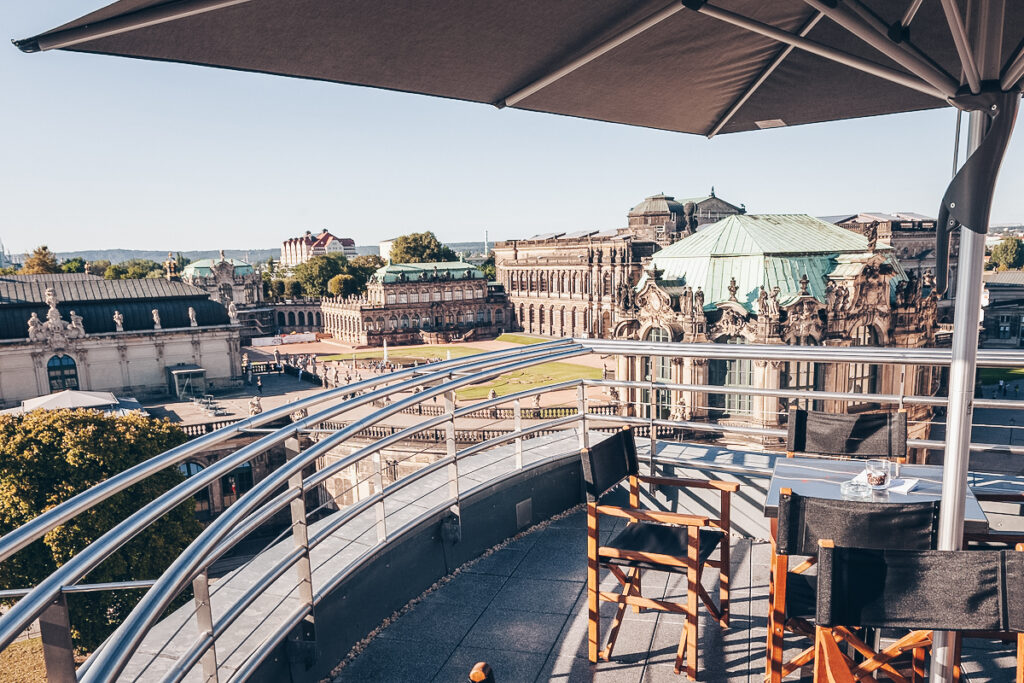
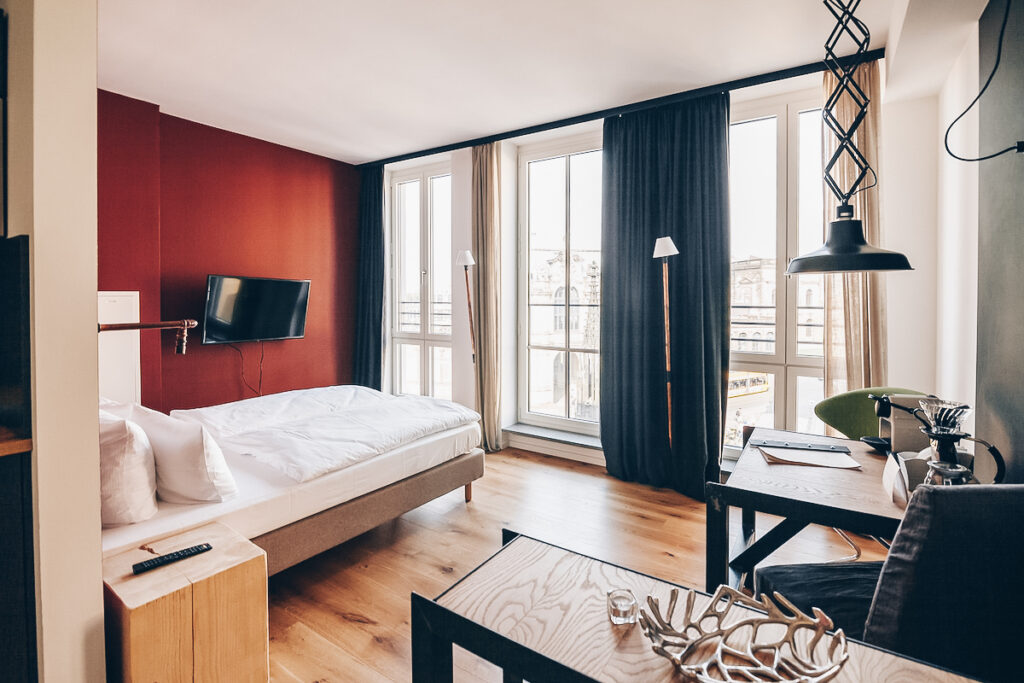
Moxy Dresden Neustadt
Surrounded by all the Neustadt district’s hip dining and nightlife, this newcomer is both budget-friendly and design-forward, with a stylish, open-plan lobby outfitted with contemporary furniture and quirky design accents. Minimalist rooms are on the smaller side but feature smart built-ins to maximise space, and come in a variety of configurations for couples, travelling friends, or families.


